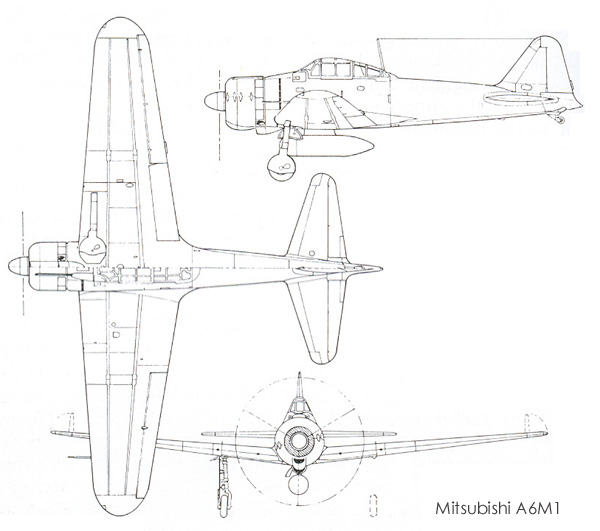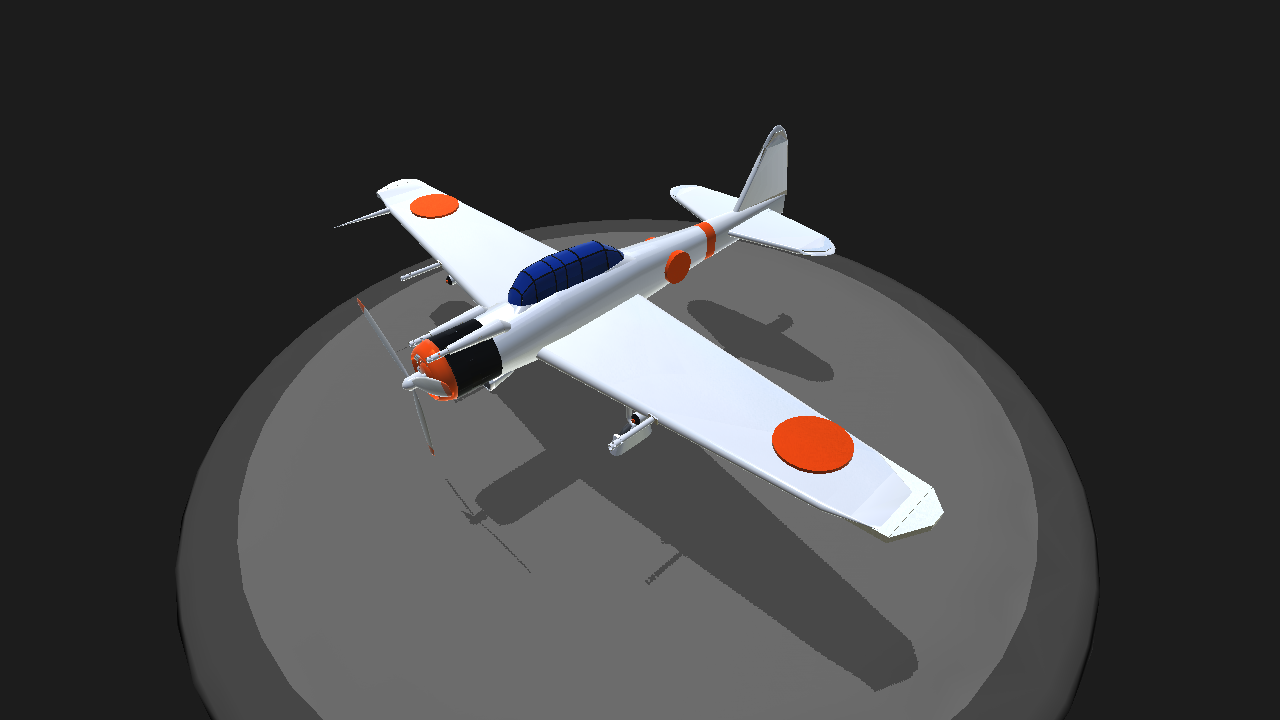


They also wanted it equipped with a full radio and a direction finder. IJNAS called for a fighter that could reach speeds up to 310 miles per hour at 13,120 feet and climb to 9,840 feet in 3 minutes and 30 seconds while being armed with two 20 mm cannons, two 7.7 mm machine guns and two 60-pound bombs. In May of 1937, the Imperial Japanese Naval Air Service issued out specifications for a new updated fighter aircraft to Nakajima and Mitsubishi. The Zero's capabilities and proven power during air-to-air combat inspired awe in its enemy combatants as it was able to outmanever all other land-based aircraft of the 1940s. Also known as the Zero, the Zero fighter carried Japan through several battles during World War II. )ĭuring the early 1940s, the skies of the Pacific were dominated by the propelled engines of the single-seat Mitsubishi Type 0 Carrier Fighters. (Other examples of the system included "Claude", "Betty", and "Oscar". The Zero was tagged "Zeke," and the names were used interchangeably by everyone, from flight crews to intelligence officers. A system of first names referred to various enemy aircraft, in much the same way that the postwar NATO system referred to Soviet and Chinese aircraft. The fighter received another name in 1943 which was almost as popular, especially among the American flight crews. Arnold was so angry at the dubious honor that the name was quickly changed to Hamp. The type was originally called "Hap," after Gen Henry "Hap" Arnold, Chief of the Army Air Force. The pilots were not impressed with the speed increase and the production run was short, the A6M3 reverting back to its span as the Model 22. In an effort to increase the speed, the designers clipped the folding wingtips from the carrier-based A6M2 and evolved the land-based A6M3, Model 32. The Zero's incredible maneuverability came at some expense from its top speed. Thus, since 1940 corresponded to the year 2600 in Japan, the fighter was the Type "00" fighter, which was shortened to "0." The western press picked up the designation and the name "Zero" was born. The evocative name came from the custom of designating aircraft in reference to the Japanese calendar. As the A6M2 proved successful in combat, it acquired its wartime nickname, "Zero," although the Japanese rarely referred to it as such. It was fast, had retractable landing gear and an enclosed cockpit, and carried two 20rnrn cannon besides the two machine guns, Initial operational evaluation in China in 1940 confirmed the aircraft's potential.īy the time of the Japanese attack on Pearl Harbor, the A6M2 was the Imperial Navy's standard carrier fighter, and rapidly replaced the older ASMs still in service. When the Type "0" first flew in 1939, most Japanese pilots were enthusiastic about the new fighter. The Zero got its name from its official designation, Navy Type Zero Carrier-Based Fighter (or Reisen), though the Allies code-named it "Zeke." The Zero was the successor to the A5M Type 96 "Claude." Mitsubishi designed the A6M from Navy requirements set out in 1937 for a fighter that was fast, maneuverable and had great range. Without the Zero's range and effectiveness in air-to-air combat, the Pearl Harbor attack and the conquest of the Philippines and Netherlands East Indies would have been problematic at best. The Mitsubishi A6M Zero was the linchpin of early Japanese strategic success. Its distinctive design and historical impact make the Zero an important machine in air power history. Zeros were produced in greater number than any other aircraft. The fighter first flew in April 1939, and Mitsubishi, Nakajima, Hitachi and the Japanese navy produced 10,815 Zeros from 1940-1945. The Allies' main opponent in the Pacific air war, the Zero is the most famous symbol of Japanese air power during World War II.


 0 kommentar(er)
0 kommentar(er)
